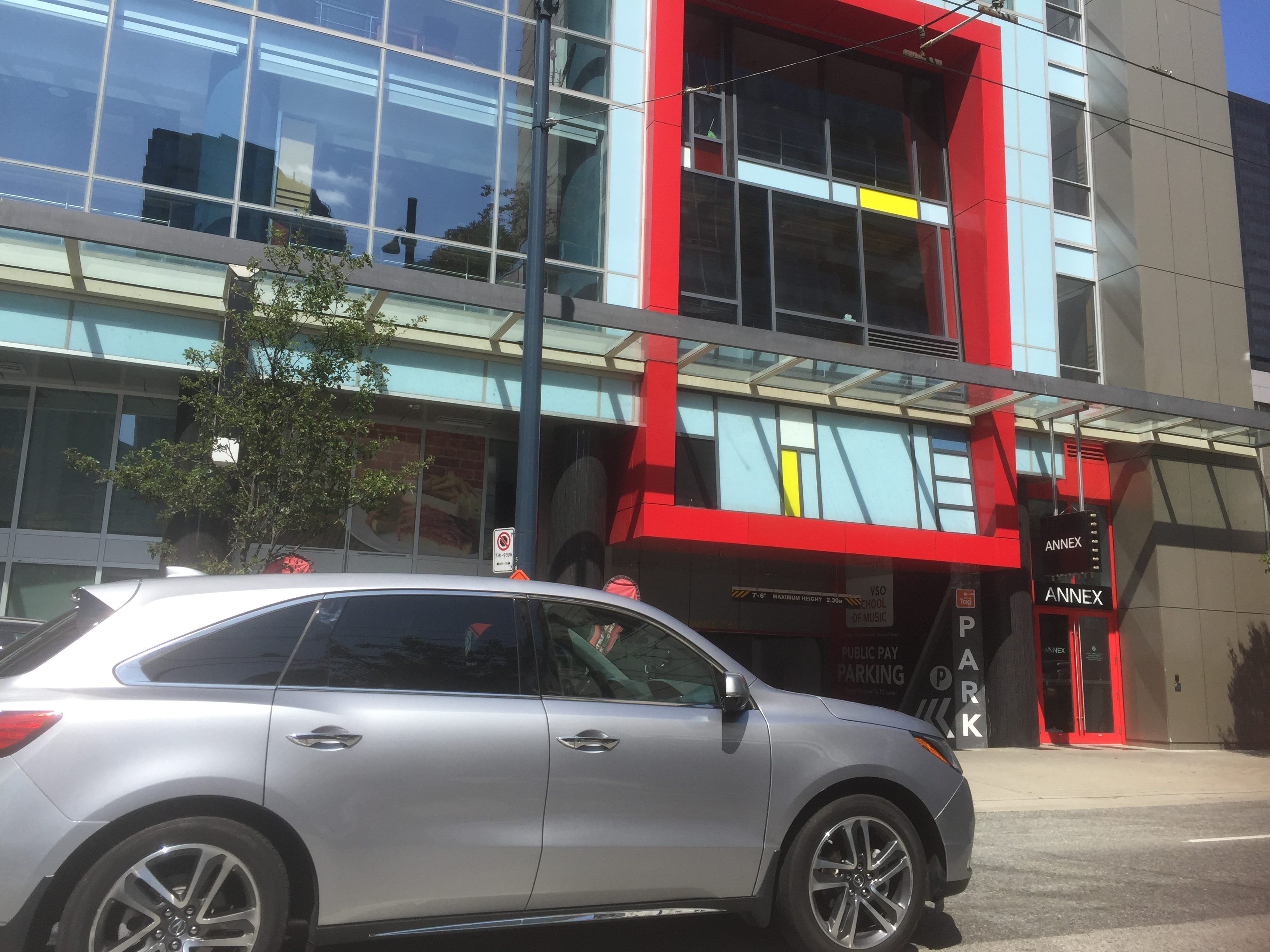
Never doubt the power and strength of the motor vehicle lobby. A SUV (sport utility vehicle) is a vehicle built on a truck platform with a “high profile” on the street. Statistics show that SUVs with the high front end grille are twice as likely to kill pedestrians because of the high engine profile, but this information has not been well publicized. In the United States a federal initiative to include pedestrian crash survival into the vehicle ranking system was halted by opposing automakers.
It was the City of London England that banned a certain type of truck when the city realized that it was responsible for 50 per cent of all cycling mortalities and over 20 per cent of all pedestrian deaths. Of course there was pushback, but the Mayor of London just said no.
Laura Laker in the Guardian now asks the question~is it time to ban SUVs from our cities? SUVs are heavily marketed and are highly profitable for car companies, but they are also deadly. Drivers have an 11 percent increase in the chance of fatality in them, as their size and bulk is connected with more reckless driving. They are also killing machines in the conventional sense. In September a SUV driver in Berlin lost control of his vehicle and killed four people on a sidewalk, a grandmother and grandson and two twenty year old men.
That was the tipping point for citizens in Berlin who called for size limitations on vehicles allowed in city centres, asking for a national policy permitting local authorities to restrict vehicles based upon size.
As Laker writes; SUVs are a paradox: while many people buy them to feel safer, they are statistically less safe than regular cars, both for those inside and those outside the vehicle. A person is 11% more likely to die in a crash inside an SUV than a regular saloon. Studies show they lull drivers into a false sense of security, encouraging them to take greater risks. Their height makes them twice as likely to roll in crashes and twice as likely to kill pedestrians by inflicting greater upper body and head injuries, as opposed to lower limb injuries people have a greater chance of surviving. Originally modelled from trucks, they are often exempt from the kinds of safety standards applied to passenger vehicles, including bonnet (hood) height. In Europe legislation is being brought in to end such “outdated and unjustified” exemptions.
In Europe, SUVs are nearly 40% of all vehicle sales. If you are struck by a SUV you are twice as likely to be killed by its high motor profile. “British academics who analysed police collision data have identified pedestrians as 70% more likely to be killed if they were hit by someone driving a 2.4-litre engine vehicle than a 1.6-litre model.”
Europe does not collect statistics on vehicular fatalities by type, and researchers indicate that the lack of specific collision data and finger pointing means the car industry is creating bigger, heavier vehicles that are rolling family rooms. But large engine vehicles because of their size and profile are deadly.
SUVs are also ‘Climate killers’. There has been little progress on reducing road transport carbon emissions in Europe, comprising 27% of all emissions. While the automobile industry blames regulators for turning away from diesel (lower in carbon but more toxic) regulators blame the lack of progress on SUVs “driven by carmakers’ aggressive marketing”.
And here are the numbers~the size and larger engines in SUVs mean they have CO2 emissions that are 14% higher, with every market shift towards SUV’s increasing
“CO2 emissions by 0.15g CO2/km on average. A 2018 Committee on Climate Change report noted that “the popularity of SUVs is cancelling out emissions savings from improvements in technology”.
We simply cannot drive our way out of climate change and increasing CO2 emissions, but we can take a stand. There is no place for SUVs in cities from an environmental standpoint. Being driven these are killing machines, and have no place in walkable, cyclable cities. It’s time to tell automakers that SUVs don’t belong here.


